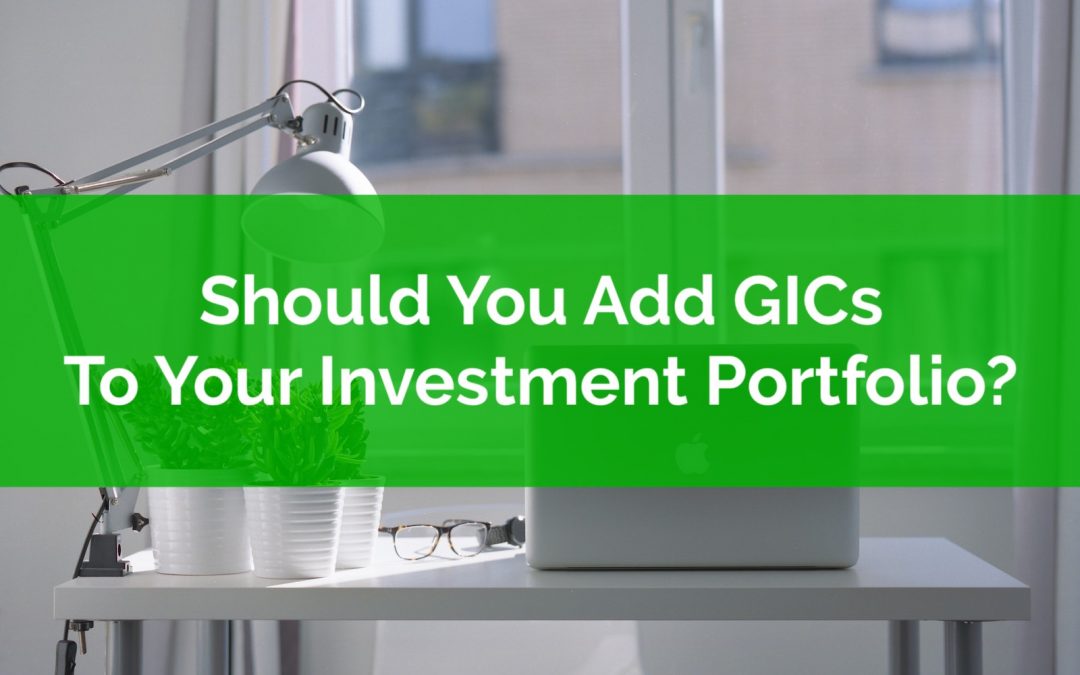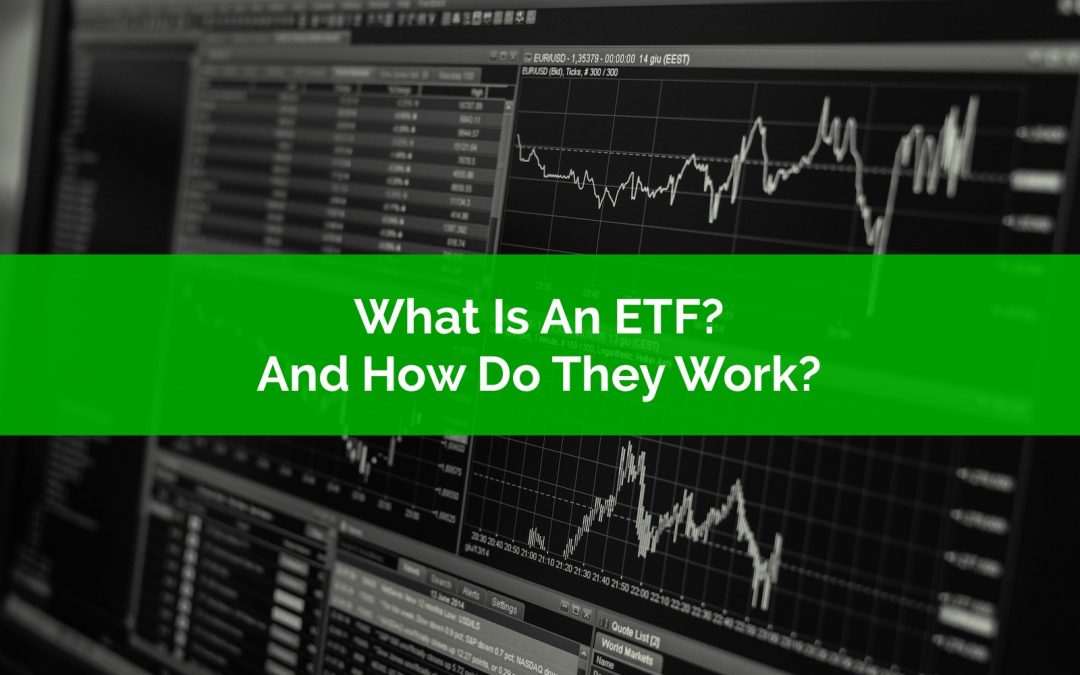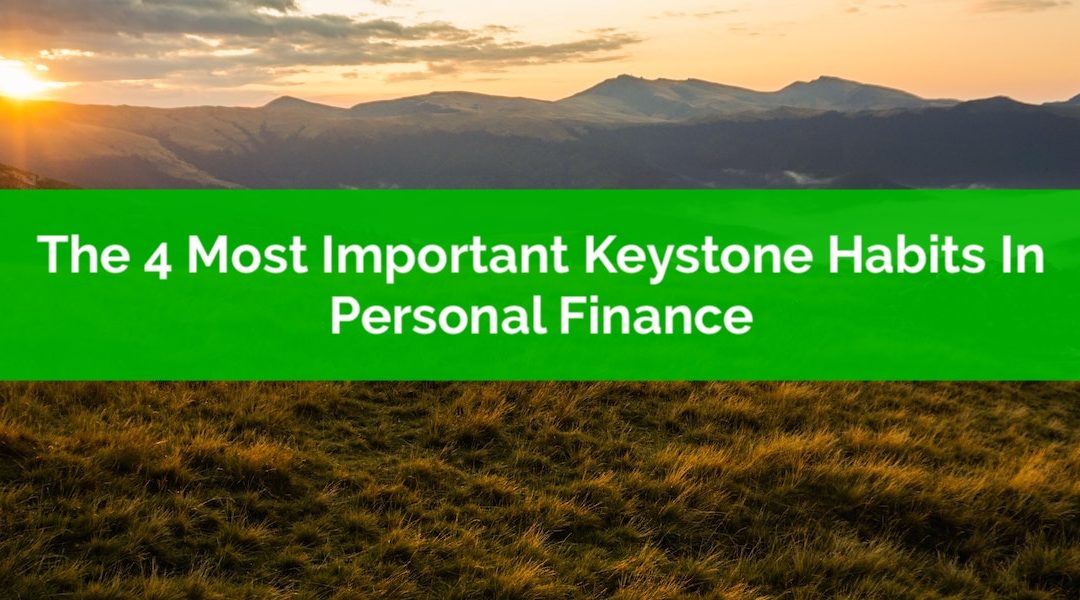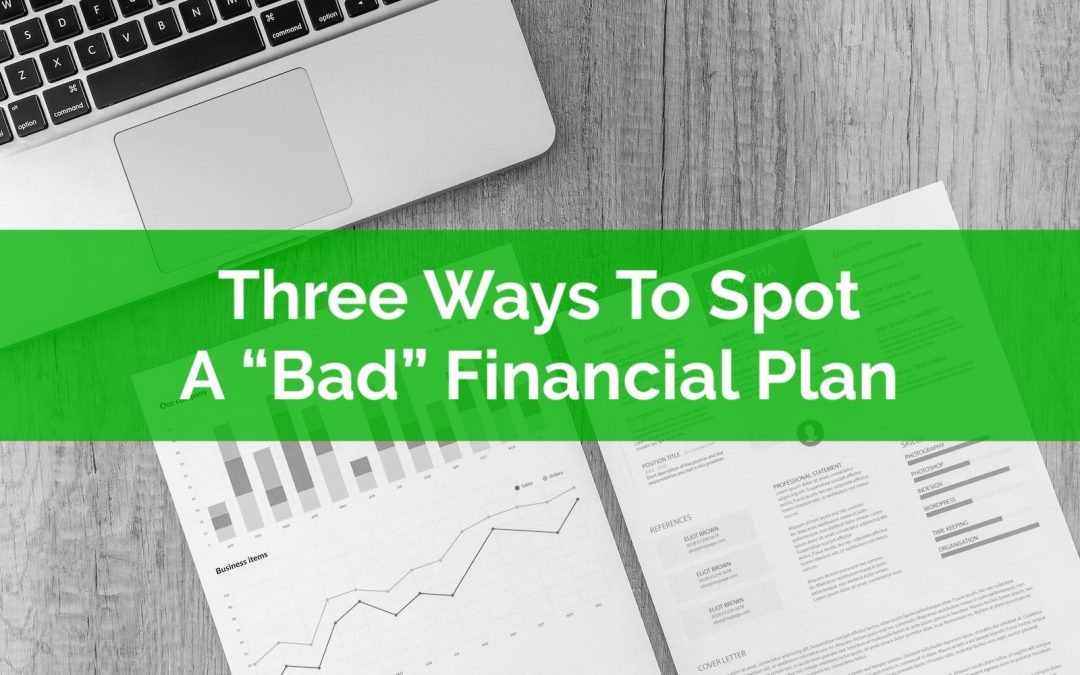
by Owen | Oct 2, 2022 | Behavioral Finance, Insurance And Risk Management, Retirement Planning
There are many different risks when it comes to retirement, investment risk, inflation rate risk, spending risk, but one risk that isn’t talked about very often is the risk of living a long and healthy life. It may seem odd to call this a risk, but from a financial planning perspective, a long and health retirement can dramatically increase the risk of running out of money in the future.
According to the guidelines from the Financial Planning Standards Council of Canada, for a couple who is currently 55, there is a 25% chance that either partner in a couple will live to age 98 and there is a 10% chance that either will live to age 101.
Living a long and healthy life isn’t some obscure risk… for pre-retirees the chance of living into their mid 90’s is around 25%!
This risk becomes even greater for those aiming for early retirement in their 50’s or even 40’s. Retiring at age 55 could mean a 43+year retirement period for 1 in 4 couples and a 46+ year retirement period for 1 in 10 couples.
With such a long retirement period, and such a high possibility of reaching age 90+, we want to ensure that we’re taking steps within our financial plans to avoid the risk of a long life.
There are a few things that anyone can do to avoid this risk…

by Owen | Sep 26, 2022 | Behavioral Finance, Financial Goals, Financial Planning, Insurance And Risk Management, Investment Planning, Retirement Planning, Saving Money
With interest rates higher, GICs have become more attractive as an investment option and a 5-year GIC ladder can be a great addition to your portfolio. GICs can be considered part of your fixed-income allocation and in some cases GICs can even outperform bonds of equal length.
If you’re adding GICs to your investment portfolio then you’ll want to consider building a GIC ladder. A GIC ladder is a common way to invest in GICs.
When investing in GICs, a GIC ladder can help take advantage of the benefits of GICs while reducing the downsides.
GICs are typically locked in for a specific term. This could be shorter-term like 90-days or longer-term like 1-year, 2-years, 3-years, 4-years, 5-years etc.
Laddering GICs will help take advantage of longer-term GIC rates while also improving liquidity with some shorter-term GICs.
When a GIC ladder is working well, there will always be at least one GIC maturing every year which can then be used to purchase a new longer-term GIC. Here’s why you may want to set up a GIC ladder and how to do it…

by Owen | Sep 19, 2022 | Behavioral Finance, Financial Planning, Investment Planning, Retirement Planning, Saving Money
For 10+ years interest rates were at historic lows and investing with GICs was less attractive. But now interest rates are higher and adding GICs to your investment portfolio has become much more attractive.
If you don’t have GICs in your investment portfolio, then you may want to consider including some within your fixed-income asset allocation.
GICs (Guaranteed Investment Certificates) are a type of fixed-income investment. They’re extremely safe and in most cases are fully insured by the CDIC (Canadian Deposit Insurance Corporation) up to $100,000 per financial institution.
GICs are guaranteed. They’re like a savings account but with a higher interest rate. GICs are often locked in for a specific term. Terms can be as short as 30-days and as long as 10-years. But most GICs have terms of 1-year, 2-years, 3-years, 4-years, and 5-years.
Adding GICs to your investment portfolio can be very easy. It’s possible to buy GICs from many financial institutions directly OR to buy GICs through your brokerage account.
With interest rates higher, investing with GICs has become more attractive, and in some cases, GICs can even perform better than bonds!

by Owen | Sep 12, 2022 | Behavioral Finance, Financial Planning, Investment Planning, Retirement Planning
ETFs have taken over the world of investing. Everyone is getting behind ETF investing, from DIY investors to Warren Buffet, from robo-advisors to huge institutional investors. But what is an ETF? What does ETF stand for? And how do they work?
ETF stands for Exchange Traded Fund… what that means is that it’s a collection of investments, stocks, bonds etc, and those investments are grouped together into one fund that you can purchase and sell on the stock exchange.
This is slightly different than mutual funds. Mutual funds also hold a collection of investments but you purchase them through the fund provider and at a set price at the end of the day based on how much the fund is worth.
The difference is subtle but it matters, and I’ll explain why.
ETFs have grown in popularity over the last 10-years. One of those reasons has to do with low-cost index investing. Index investing is when a fund (could be an exchange traded fund, or it could be a mutual fund) tries to replicate the returns of a particular index. And an index could be anything.
For example there is an S&P 500 ETF that aims to replicate the returns of the S&P 500, a collection of the 500 largest companies in the US. An index could also be a bond index, in this case a bond ETF aims to replicate the return of a certain type of bond, maybe corporate bonds, maybe government bonds, maybe high-risk/junk bonds etc.
The amazing thing about ETFs, especially index ETFs is how little they cost, how highly diversified they are, and how simple they makes investing for the average person.
But how do ETFs work?
It’s a great question.

by Owen | Sep 6, 2022 | Behavioral Finance, Budgeting, Buying A Home, Down Payment, Emergency Fund, Financial Planning, Get Out Of Debt, Retirement Planning
There are certain habits that make things way easier, these habits are more important than others, these habits are called keystone habits. Keystone habits create a foundation from which you can make even bigger and more positive changes. Mastering the right keystone habit can transform your life.
We have habits everywhere in our lives and we build new habits all the time (both good and bad!). We use these habits to support our daily lives. These habits make our lives easier, you don’t have to think about what you’re doing, it just comes naturally.
Having a solid keystone habit will create a foundation from which you can make even bigger changes. Eating right, getting regular exercise, sleeping eight hours per night, these are all keystone habits that create a solid foundation from which you can make even more positive changes in your life.
The best part about keystone habits is that once they’re established they don’t take much effort to maintain.
When it comes to personal finance there are 4 important keystone habits. Once these habits are established they create a ripple effect through the rest of your personal finances.
If you practice these four keystone habits then there is nothing you can’t achieve with your personal finances!

by Owen | Aug 15, 2022 | Financial Planning, Retirement Planning
As an advice-only financial planner we often see financial plans created by the big financial institutions. We provide a second opinion to new clients who have created one of these financial plans. These clients have received a financial plan from their investment advisor, or sometimes a separate financial planner within the bank, but they’re skeptical of the results and the recommendations.
Often, they want more detail, more discussion, more process, more scenarios, more peace of mind etc. They want an unbiased second opinion.
Now let me preface this blog post by saying there are many excellent financial planners at the big banks. In fact, many have moved into advice-only financial planning where they can spend more time doing financial planning instead of selling products. The problem is that, for the most part, the financial services industry doesn’t prioritize financial planning.
Planning is not their product, investments, insurance, and mortgages are their product, and unfortunately, financial planning is sometimes just barely good enough to secure a new client or keep an existing one. There is often a lack of tools, time, or process to create a really detailed financial plan.
So, when reviewing a generic “bank plan” and helping clients build a new one there are a few things to look out for. These things are signs that perhaps the financial plan needs a bit more work.
There are three ways to spot a “bad” financial plan.
Page 5 of 19«...34567...»






